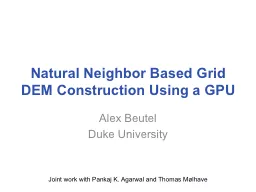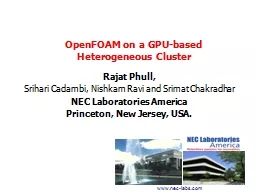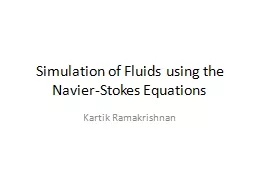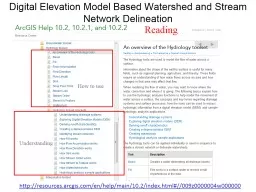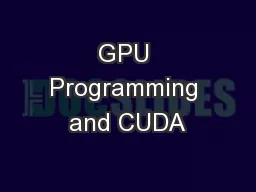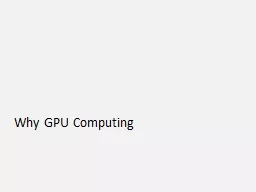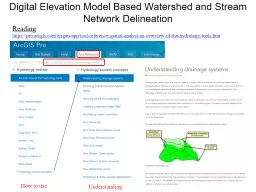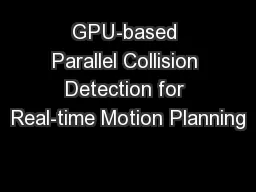PPT-Natural Neighbor Based Grid DEM Construction Using a GPU
Author : pasty-toler | Published Date : 2016-11-08
Alex Beutel Duke University Joint work with Pankaj K Agarwal and Thomas Mølhave Light Detection and Ranging LiDAR Planes collect data with lasers Each point
Presentation Embed Code
Download Presentation
Download Presentation The PPT/PDF document "Natural Neighbor Based Grid DEM Construc..." is the property of its rightful owner. Permission is granted to download and print the materials on this website for personal, non-commercial use only, and to display it on your personal computer provided you do not modify the materials and that you retain all copyright notices contained in the materials. By downloading content from our website, you accept the terms of this agreement.
Natural Neighbor Based Grid DEM Construction Using a GPU: Transcript
Download Rules Of Document
"Natural Neighbor Based Grid DEM Construction Using a GPU"The content belongs to its owner. You may download and print it for personal use, without modification, and keep all copyright notices. By downloading, you agree to these terms.
Related Documents

